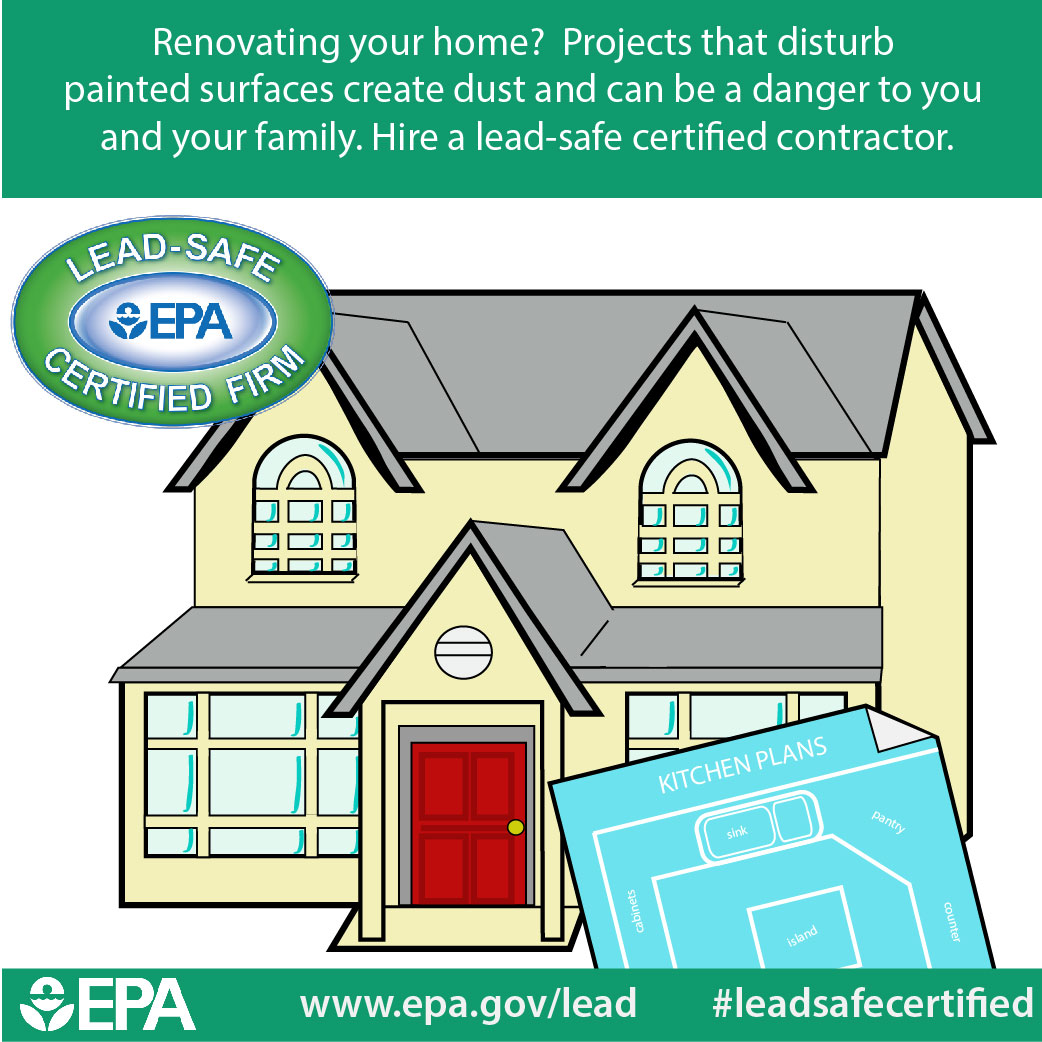Discover Exactly How Seasonal Factors Influence Industrial Outside Paint Success And Find The Very Best Times To Guarantee Enduring Results For Your Project
Discover Exactly How Seasonal Factors Influence Industrial Outside Paint Success And Find The Very Best Times To Guarantee Enduring Results For Your Project
Blog Article
Published By-McLamb Skafte
When you're intending an industrial outside painting project, seasonal factors can make or damage your outcomes. You'll want to take into consideration just how temperature and moisture influence paint application and drying times. Picking the right period can ensure your paint adheres correctly and lasts much longer. Yet which periods are truly the most effective for this kind of work? Let's discover the key elements that can impact your project's success.
The Influence of Temperature on Paint Application
When you're planning a business outside paint job, the temperature can dramatically affect exactly how well the paint sticks and dries.
Ideally, you intend to paint when temperatures vary in between 50 ° F and 85 ° F. If it's also cool, the paint might not cure correctly, bring about issues like peeling off or breaking.
On the other side, if it's also hot, the paint can dry also rapidly, protecting against proper bond and resulting in an uneven coating.
You should likewise think about the time of day; early morning or late afternoon uses cooler temperatures, which can be a lot more beneficial.
Constantly check the maker's recommendations for the certain paint you're utilizing, as they usually give support on the optimal temperature array for ideal results.
Moisture and Its Result on Drying Times
Temperature isn't the only ecological factor that affects your industrial exterior paint task; moisture plays a considerable duty as well. High moisture degrees can reduce drying times dramatically, impacting the overall top quality of your paint job.
When the air is filled with moisture, the paint takes longer to treat, which can cause problems like poor attachment and a higher risk of mold development. If you're repainting on an especially damp day, be planned for prolonged delay times between layers.
It's vital to keep track of local weather and plan appropriately. Preferably, aim for humidity levels between 40% and 70% for optimal drying.
Keeping professional house painting services near me in mind ensures your job remains on track and provides an enduring finish.
Best Seasons for Commercial Outside Painting Projects
What's the best season for your commercial outside painting jobs?
Springtime and very early fall are typically your best bets. During these seasons, temperature levels are light, and moisture degrees are frequently reduced, creating ideal conditions for paint application and drying out.
Prevent summer's intense heat, which can trigger paint to dry as well quickly, leading to poor bond and finish. Similarly, winter months's cool temperatures can hinder appropriate drying and curing, running the risk of the durability of your paint work.
Go for days with temperatures in between 50 ° F and 85 ° F for optimum results. Remember to inspect the regional weather prediction for rainfall, as damp problems can spoil your task.
Planning around these aspects ensures your painting job runs smoothly and lasts longer.
Verdict
Finally, planning your commercial outside paint tasks around seasonal considerations can make a considerable distinction in the result. By https://www.realhomes.com/advice/how-to-paint-a-house-everything-you-need-to-know-inside-and-out throughout the perfect temperatures and humidity levels, you'll guarantee much better adhesion and drying times. Keep in mind to watch on local weather report and select the right time of year-- springtime and early fall are your best choices. Taking these steps will assist you attain a long lasting and professional coating that lasts.
